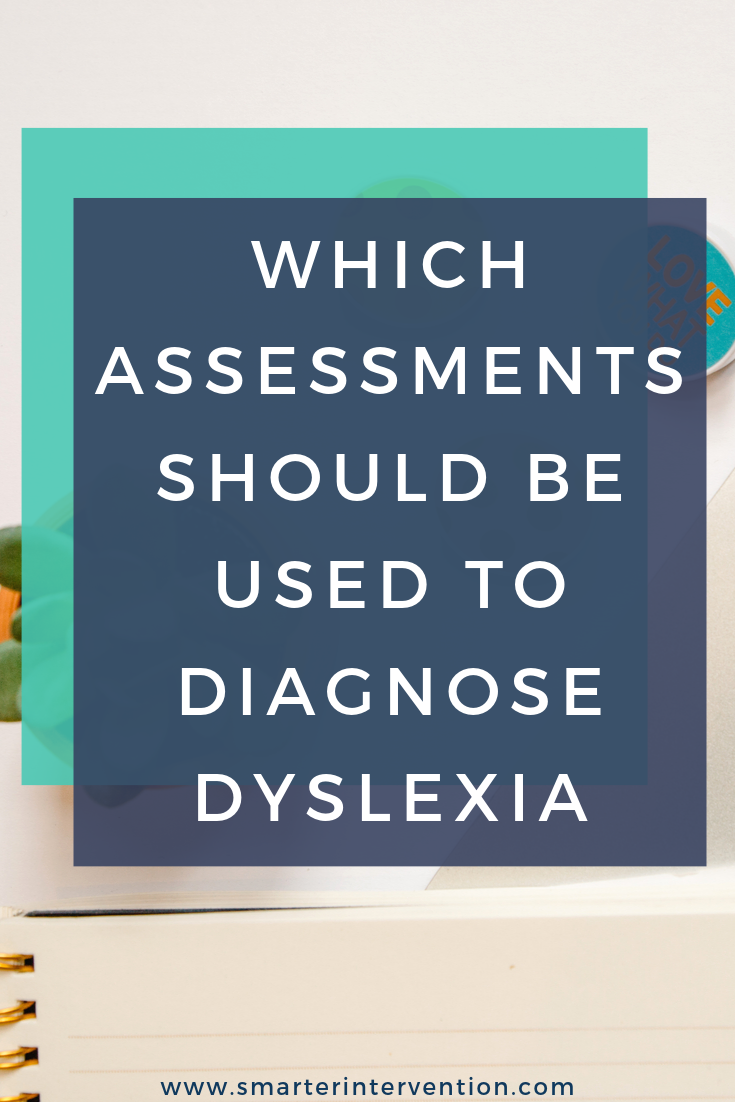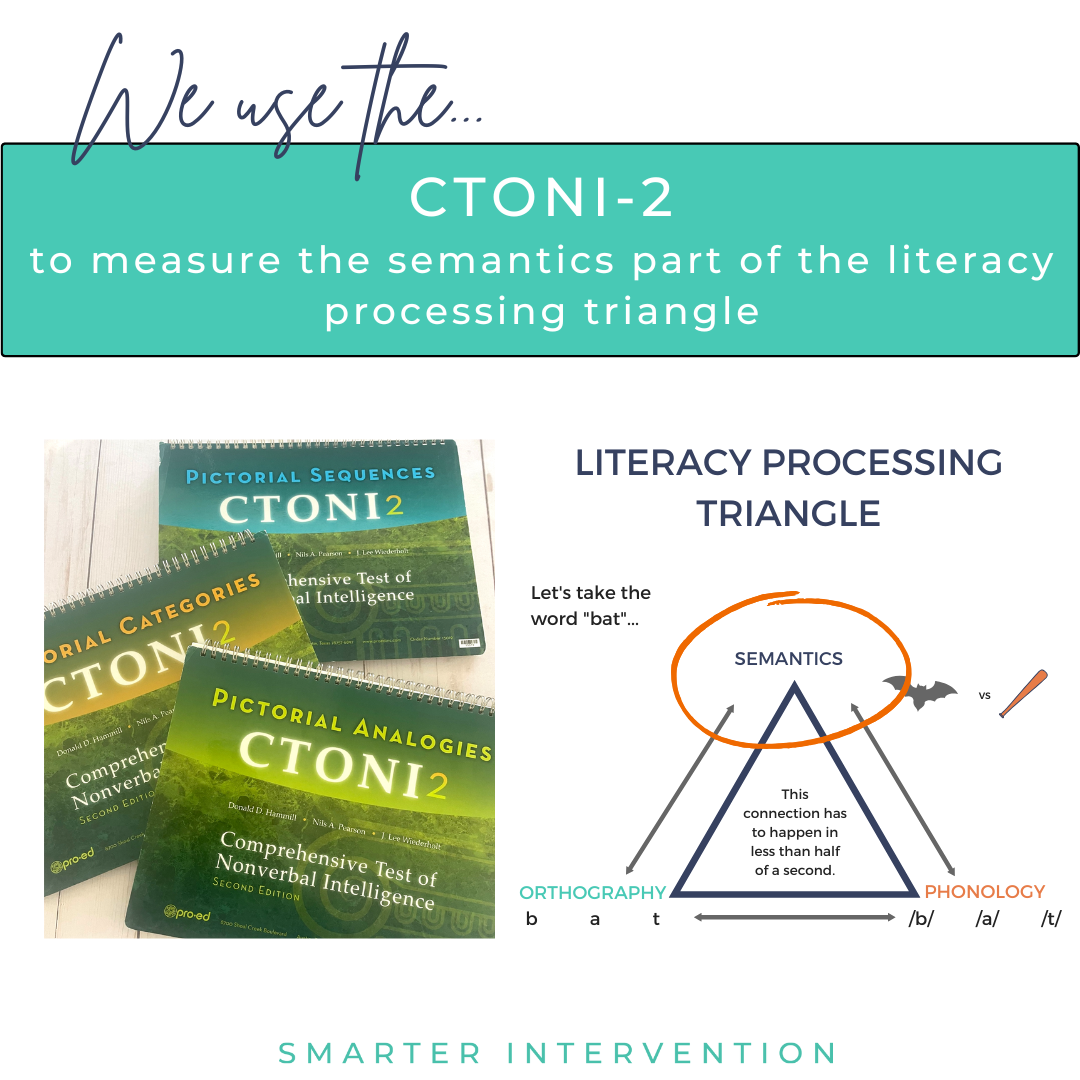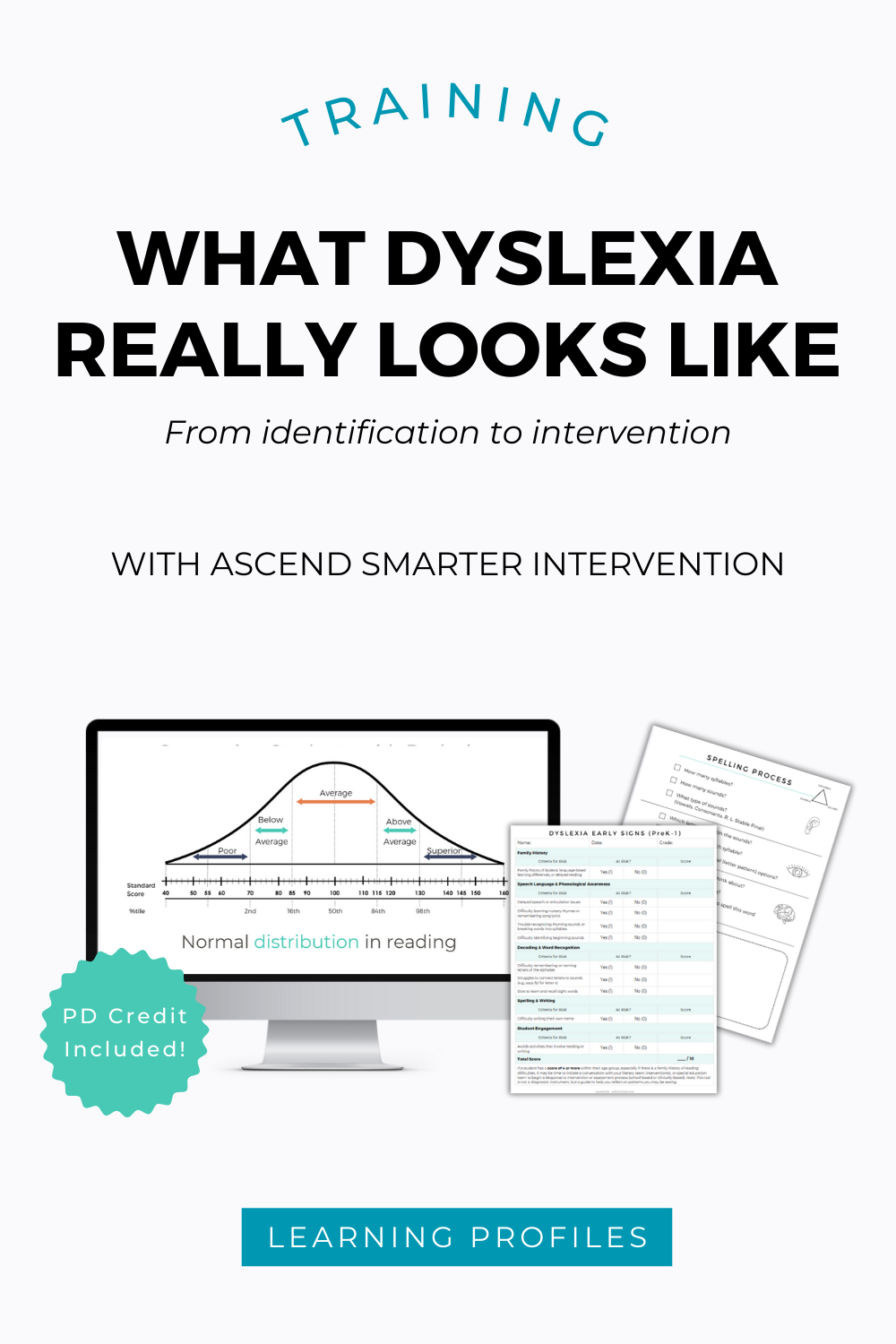Which Assessments Should Be Used to Diagnose Dyslexia?
For many families and even educators, the process of diagnosing dyslexia can feel overwhelming. What exactly needs to be assessed? Who is qualified to do it? And how do schools and private clinicians approach the process differently?
Let’s break it down.
Two Pathways for Identifying Dyslexia
There are two main ways students may be identified as having dyslexia:
School-Based Identification
Schools can evaluate students for a Specific Learning Disability in Reading.
This process is designed to determine eligibility for special education services.
While the terminology may differ (you might see “SLD-Reading” rather than “dyslexia”), in practice these findings often reflect the same underlying profile.
Clinically-Based Identification
Licensed professionals such as clinical psychologists, neuropsychologists, speech-language pathologists, or educational diagnosticians can provide a formal dyslexia diagnosis.
These evaluations use standardized assessments, DSM-5 or ICD-10 codes, and may be needed for accommodations on high-stakes testing or outside clinical treatment.
Both pathways are valid and can provide important information, the key is that evaluation must be comprehensive and grounded in evidence-based assessments.
Key Assessments in a Dyslexia Evaluation
Whether in a school or clinical setting, the following areas should be assessed to get a complete picture of a student’s reading profile:
Single-Word Reading (timed and untimed)
Measures how accurately and efficiently students can read both real and nonsense words.
Common tools: TOWRE-2, WIAT-4, WJ-4, WIST.
Oral Reading Fluency
Captures accuracy and speed when reading connected text.
Common tool: WIAT-4, WJ-4, GORT-5.
Reading vs. Listening Comprehension
Compares how well students understand text they read versus information they hear.
Common tools: GORT-5, WIAT-4, WJ-4, OWL-2.
Spelling and Writing
Looks at both single-word spelling and the ability to generate sentences or paragraphs with correct mechanics and organization.
Common tools: WIAT-4, WJ-4, WIST, TOWL-4, OWLS-2.
Phonological Awareness
Assesses the ability to hear, break apart, blend, and manipulate sounds — a hallmark area of weakness in dyslexia.
Common tools: CTOPP-2, PAT-2NU, PAST, WIAT-4.
Orthographic Processing
Evaluates how quickly and accurately students recognize letters, symbols, and patterns.
Common tools: CTOPP-2 (Rapid Naming), RAN-RAS, WIST.
Language Processing
Measures expressive and receptive vocabulary and oral comprehension.
Common tool: CELF-5, OWLS-2, WIAT-4.
Together, these assessments form a comprehensive picture of how a student processes print and language, the foundation for accurate diagnosis and effective intervention planning.
Assessment Key
Wechsler Individualized Achievement Test (WIAT-4) – A comprehensive test of language, reading, writing, and math skills.
Woodcock-Johnson Test of Achievement (WJ-4) - A comprehensive test of language, reading, writing, and math skills.
Comprehensive Test of Phonological Processing (CTOPP-2) – A test that measures sound awareness and processing.
Test of Word Reading Efficiency (TOWRE-2) – A quick test of word reading & nonsense word reading efficiency.
Gray Oral Reading Test (GORT-5) – A test of oral reading fluency and comprehension.
Test of Written Language (TOWL-4) – A test of many domains of written language.
Word Identification & Spelling Test (WIST) – A test of sound symbol knowledge, word identification and spelling.
Oral & Written Language Scales (OWLS-2) - A test of language skills, reading, and writing
Bottom Line
If we had to choose just ONE assessment, we would choose the WIAT-4. It’s a solid, well-rounded assessment that provides so much useful information.
If you’re interested in learning more about the assessments we use, you can listen to our podcast conversation here: The Assessments We Love (and kind of hate)
Why This Matters
Dyslexia is not just about slow reading; it’s about understanding the underlying breakdown in the language system and tailoring intervention accordingly. A thorough evaluation provides parents, educators, and interventionists with the roadmap to support students effectively.
If you’d like to go deeper into what dyslexia really looks like (and how to identify and support students across ages and stages) we’d love for you to check out our on-demand training:
👉 What Dyslexia Really Looks Like: From Identification to Intervention
This training will give you clarity on both pathways to identification and the key features to look for in effective intervention. By the end of the training, you’ll have clarity on:
Why understanding dyslexia is so important (1 in 5 students)
What dyslexia is and the common myths that surround it
How dyslexia presents across grade levels and developmental stages
Practical ways to support students with instruction, accommodations, and emotional stability
Scripts and strategies for addressing common “What if…” scenarios with parents, students, and colleagues
You don’t want to miss this one!






